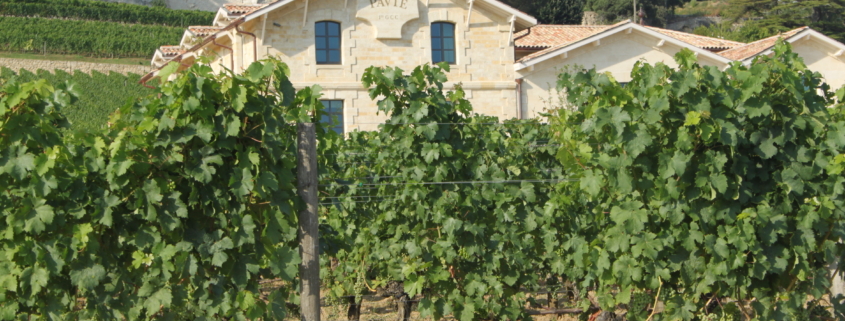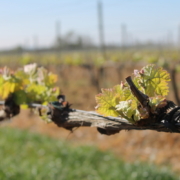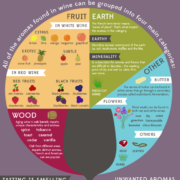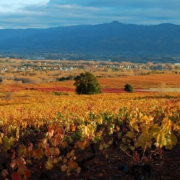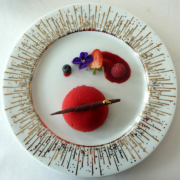Bordeaux – A Wine Lovers Wine Region
The leading French wine region of Bordeaux is THE place for the wine lover and home to some of the most sought-after and expensive wines in the world!! With more appellations than any other wine region in the world, incredible wineries, impressive wine chateaux and more than 7000 wine producers and 13,000 wine growers, you cannot be bored in Bordeaux :-)
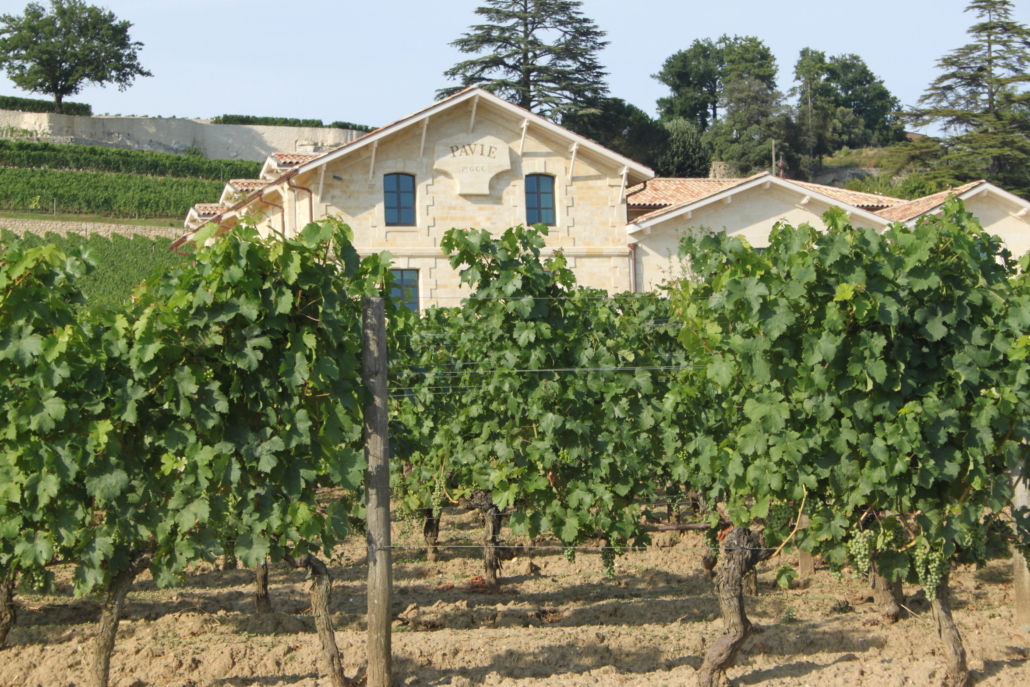
Bordeaux’s reputation as a great wine region rests on its most superb reds, legendary and long-lived wines made by historic wine estates (chateaux), which can improve for several decades. About 75 to 80 percent of Bordeaux’s wines are red, with Cabernet Sauvignon and Cabernet Franc, which give vigor, tannin and excellent cellaring qualities, and Merlot which brings a softness and suppleness. White wines are produced mostly from Sauvignon Blanc and Semillon and sometimes also Muscatel.
Bordeaux spreads 60 miles around the city, of the same name, on the biggest estuary in Europe along 3 rivers: Gironde, Garonne and Dordogne, creating the appropriate setting for wine production.
Bordeaux has 60 separate, distinct, unique appellations but the most famous and important appellations, from North to South, are the Medoc, also known as the Left Bank, Pessac Leognan and the most prestigious regions of the Right Bank: St. Emilion and Pomerol and Sauternes and Barsac.
The Medoc or the Left Bank
The Medoc is perhaps the most famous Bordeaux appellation and here you will find the famous appellations of Saint-Estèphe, Pauillac, Saint-Julien, Margaux, Haut Medoc, Listrac, and Moulis.
This is the region of the legendary Grand Cru Classé 1855 and Cru Bourgeois and is home to the famous First Growth estates and big chateaux that make breathtaking wines, with prices to match. Smaller, more modest, chateaux can also be enjoyed as they can also make some of the world’s most compelling wines.
The beautiful chateaux route or “Route des Châteaux” will find you passing more magnificent châteaux, famous wineries and vineyards than any other wine route and include such estates: Lafite, Mouton Rothschild, Margaux, Pichon-Longueville and Cos d’Estournel.
The Cabernet Sauvignon grape rules here on the gravely soil and ripens to perfection and is blended mostly with Merlot to provide a structured, aromatic and harmonious wine.
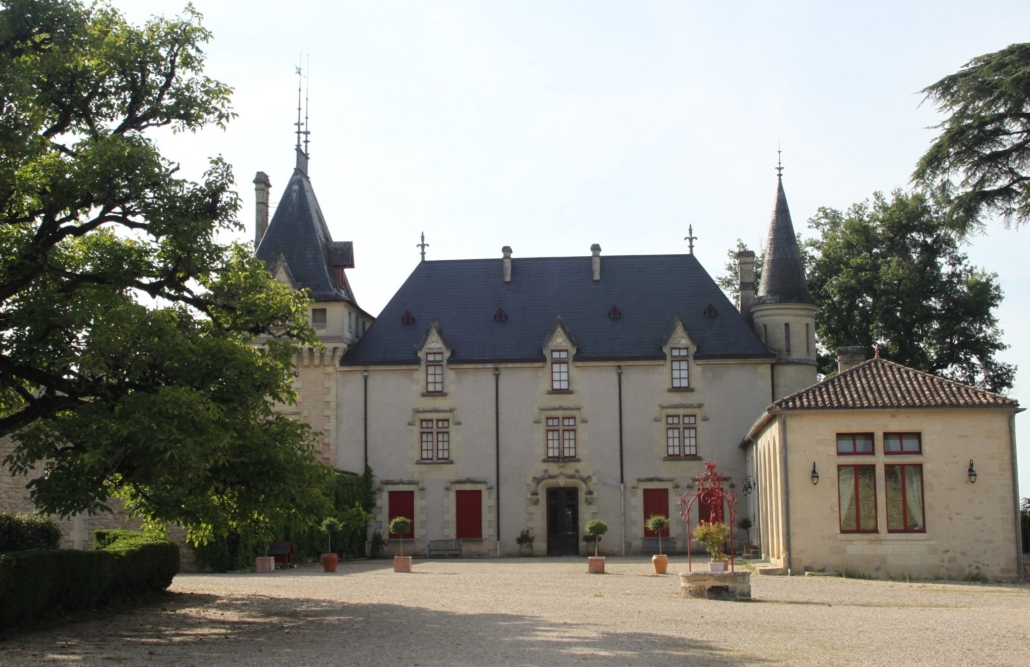
Pessac-Léognan
Pessac Leognan, before 1987, was originally known as Graves, due to the gravely soil on which the vines grow.
Branded as the “cradle of Bordeaux-wines” some of the chateaux date back to the middle Ages and very particular to this appellation is that some chateaux and their vineyards are situated in the suburbs of the city of Bordeaux!
Pessac Leognan produces some of the most elegant, refined, perfumed and age worthy wines in all of Bordeaux. And not only sublime red, Bordeaux wine, but the appellation is also known for producing the best dry white wine, primarily from Sauvignon Blanc and Semillon, in the entire Bordeaux region.
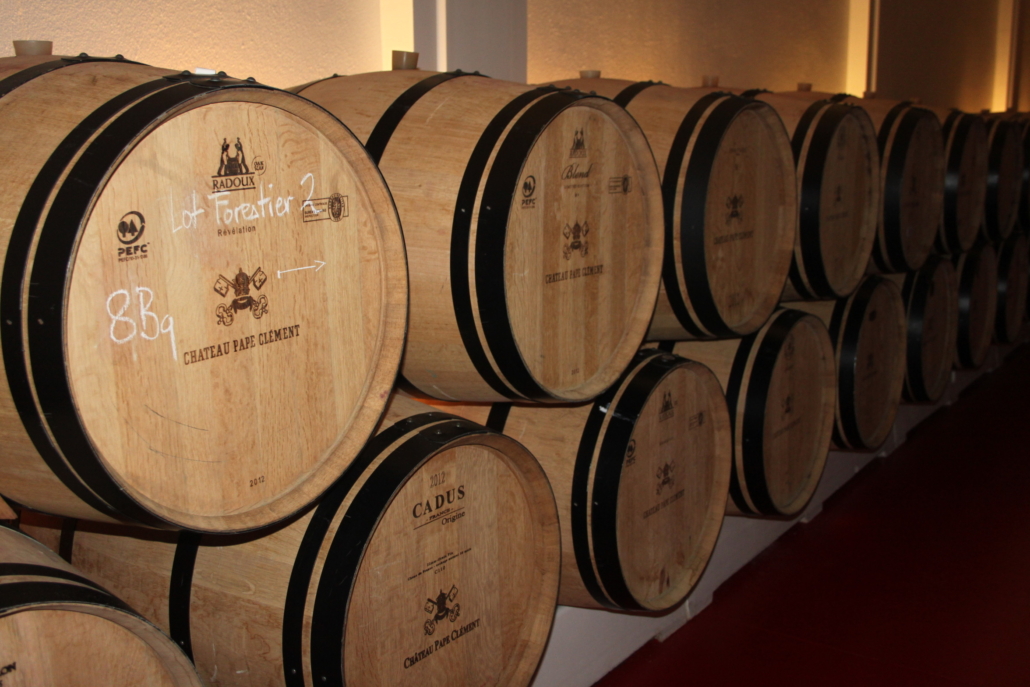
Pomerol and St. Emilion
Saint Emilion and Pomerol are the most important Bordeaux appellation’s of the Right Bank, home of Merlot and Cabernet Franc.
The chateaux may not be as big and grand as the top chateau of the Medoc but the wines are equally stunning – often called opulent, rich and decadent – and can be even more expensive.
Pomerol is a small appellation with big wines. The wines are sometimes made of 100% merlot thanks to the special clay soil of Pomerol with iron layers and accompanying microclimate.
Saint-Emilion is as well-known for its medieval village as for its wine. The Grand Cru Classé chateaux from Saint-Emilion as well as the lesser known chateaux are notably smaller than in the Médoc but they still make delicious wine with great finesse.
Saint Emilion actually consists of two appellations, St. Emilion Grand Cru and St. Emilion and also situated nearby are the appelations of Puisseguin St. Emilion, Lussac St. Emilion, Montagne St. Emilion and St. Georges St. Emilion – known as the St. Emilion Satellite Appelations.
Saint-Emilion is also an exceptionally attractive small town with the history of the town dating back almost 2000 years when the Romans planted vineyards here as early as the 2nd century AD. However, Saint-Émilion itself dates from the 8th century when a Breton Monk called Emilion came to settle here in a hermitage carved into the rock. The cave where he lived from 750 – 767 AD subsequently became a pilgrim destination.
To really appreciate Saint-Emilion you need to descend underground to see the catacombs which were used for Christian burials from the 8th to the 10th century; a ‘monolithic’ church that was carved out of the rock in the 9th century and the ‘grotte de l’Ermitage’ in which Saint-Emilion spent the last 17 years of his life.
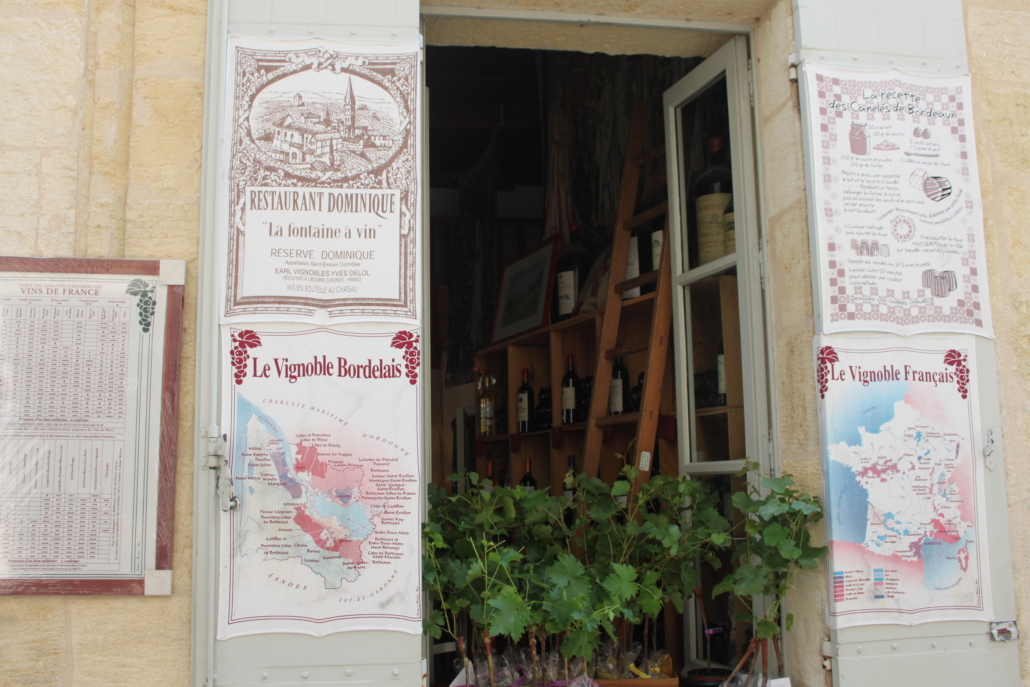
Sauternes and Barsac
In the Sauternes region of Bordeaux, there are five villages, of which Barsac is the only one that is allowed to use the village name to identify the famous sweet wines of the region, produced from rotten grapes.
Known around the world for producing some of the best sweet, white wines from any wine region, in general, Sauternes tends to be a little fuller than Barsac, which has higher acidity.
It is difficult to make good Sauternes and Barsac, as the noble rot of the grapes is essential, so as not to ruin the grape but dry it out, for which the special microclimate with fog in the morning and sunshine in the afternoon.
Other Bordeaux appellations also produce sweet wine but not to the level of the Sauternes appellation – the dominant producer, with close to 50% of all the sweet wine made in Bordeaux.
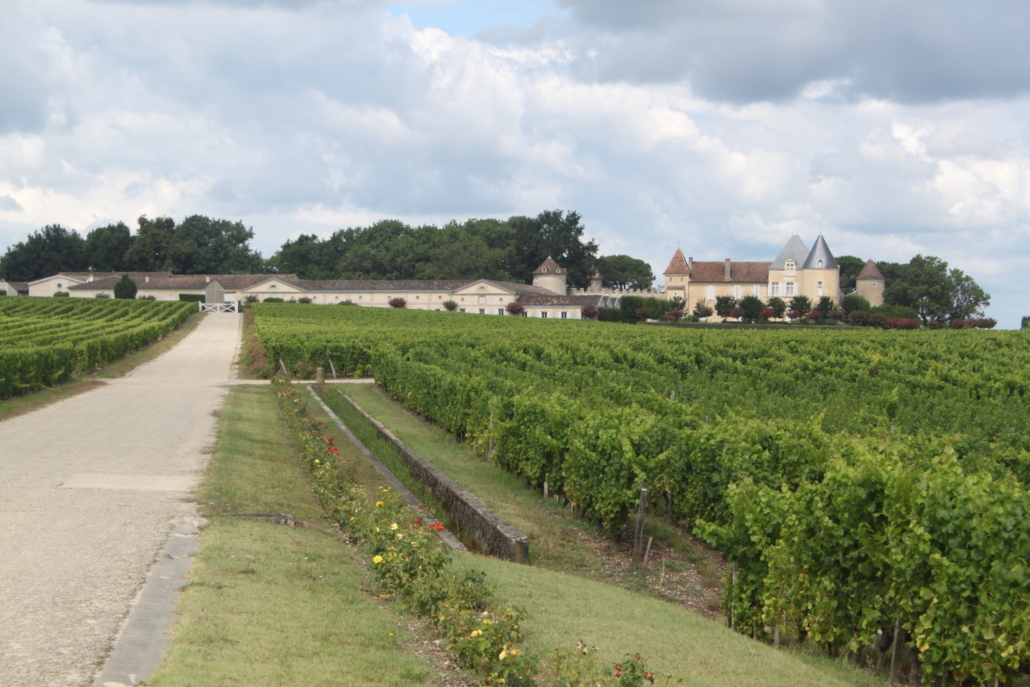
Join us on a wonderful private wine tour to include Bordeaux such as our sample Essentially Wine – Spain & France Tour and you too could raise your glass with a “santé” and sip fine wine along the left bank of the Gironde !

